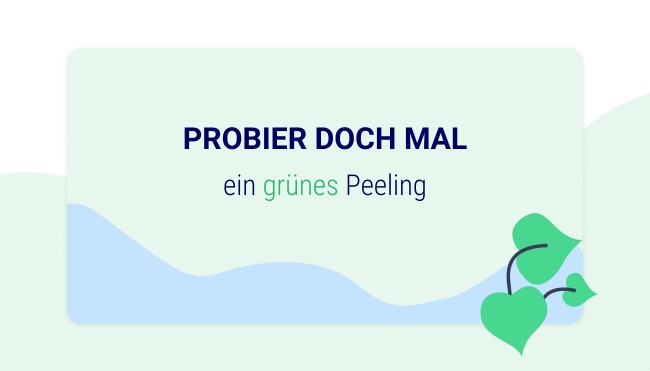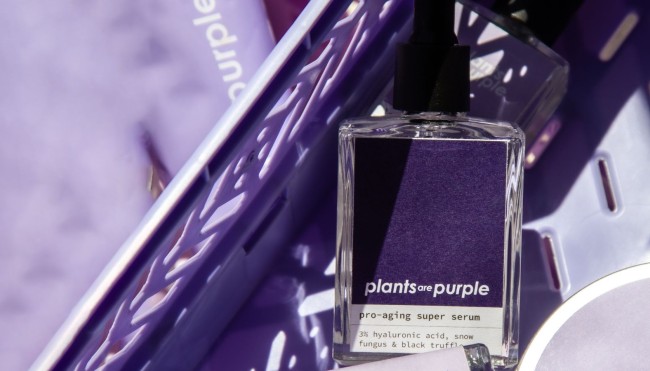How to Ban Plastic from your Bathroom
More than 8 billion tons of plastic have been produced since the 1950s - often for single use or to end up in nature. So, we're giving you tips on how to go plastic free, starting in your bathroom!
Plastic serves to package material and clothing, can be found in kitchens and children's rooms and even hides in many cosmetics in the form of microplastics.
Everyday use of plastics made from this non-renewable oil is a big problem. Our oceans now contain huge plastic waste islands, the largest of which has already reached a surface area of Central Europe. Every year, about eight million tons of plastic end up in the oceans. Just imagine a garbage truck full of plastic landing in the sea every minute. In 2016, researchers at the Ellen MacArthur Foundation have calculated that by 2050 the weight of plastic will exceed that of fish in the oceans.
This not only has harmful effects on the environment but furthermore, has deadly consequences for marine life. The smallest plastic parts are confused for food and ingested by animals. Consequently, they are transported through the food chain to our plates and into the human body. How serious these effects can be on the human organism has not yet been researched.
With the knowledge of these effects on the environment and our health, each and every one of us is asked to reduce our own plastic consumption. Let’s start in the bathroom! Our following tips will help.
1. Avoid cosmetic products with microplastics or synthetic polymers
Microplastics - i.e. plastic particles smaller than 5 mm as well as liquid and gel plastics - are used in various care products. You can find it in toothpaste, peels, shower gels, and make-up, where manufacturers use them as a grinding or binding agent and a low-cost filler.
These small particles are discharged down the drain whereby the sewage treatment plants are only able to filter out a part of them. The unfiltered remains reach rivers and oceans and the cycle described above begins.
With the help of our app you can avoid products that contain microplastics. Using natural cosmetics is also a solution since the use of microplastics are prohibited in these products. In addition, there are DIY alternatives like a peel made with coffee grounds or sugar in olive oil.
Regarding plastic packaging: Be sure to buy face cream, lip balm, or deodorant in glass jars.
2. Care for your teeth without plastic
As an alternative to the usual plastic toothbrush, try a biodegradable toothbrush made of wood or bamboo. The bristles are made of biodegradable nylon or natural bristles are used.
Plus, toothbrushes with a head made of miswak or miswak branches are suitable if you want to care for your teeth naturally and be environmentally friendly. Miswak branches are used in Arab countries, as well as in parts of Asia and Africa as a traditional form of toothbrush.
You can replace your plastic tube toothpaste with solid toothpaste or toothbrush tablets without plastic packaging.
By the way, there is also an alternative to the usual dental floss! Dental floss made of real silk and coated with beeswax. Although this floss is more eco friendly than the usual plastic floss, it is not suitable for vegans.
3. Plastic-free showers
As a substitute for shower gels and shampoos in plastic packaging, use a piece of soap without palm oil.
There are different types of soaps that are adapted to individual hair types and areas of your skin. If you don't want to use a special hair soap, you can use rye flour to wash your hair instead. Coconut oil or beer are good alternatives to rinsing.
4. Try shavers made of stainless steel
Instead of using short-lived disposable razors to produce a lot of plastic waste, choose a razor where only the blades have to be replaced.
Shavers made of stainless steel or wood are even better. In addition, use special shaving soap instead of shaving foam packaged in plastic.
5. Grad deodorant in a glass jar
Instead of spray deodorants with disposable packaging, use deodorants in glass bottles or jars. Then you can reuse the containers by making your own deodorant!
6. Use vegetable oils for make-up removal
As a replacement to the conventional cleansing lotion, you can use coconut or almond oil as a natural, plastic-free make-up remover.
In addition, you can use reusable cotton make-up wipes or make washable make-up remover pads yourself.
7. Women’s hygiene can be sustainable too!
A woman uses around 1,800 pads and tampons over 10 years. Plastic waste can be avoided here as well!
Washable panty liners can be used as an alternative to pads, panty liners, and tampons. Menstrual cups are also becoming increasingly popular and are available in various sizes.
8. Get rid of microfiber towels
Along with cosmetic products and rubber abrasion from tire wear, synthetic textiles are one of the main sources of microplastic inputs into the oceans. During each washing cycle, tiny fibres are released from the textiles, which then get into wastewater and cannot be filtered out by the sewage treatment plants.
A fleece jacket loses about one million microplastic parts per wash, nylon socks about 136,000 microfibres per wash, not to mention your fast-drying towel which all contribute to polluting the environment.
Therefore, make sure that synthetic fibres such as polyester, nylon, or acrylic are not used in your laundry and towels. Unlike synthetic fibres, natural fibres such as cotton, wool, silk or linen can be broken down.
Related links:
- Produced plastic in the world
- Study of the “ Ellen MacArthur Foundation“




